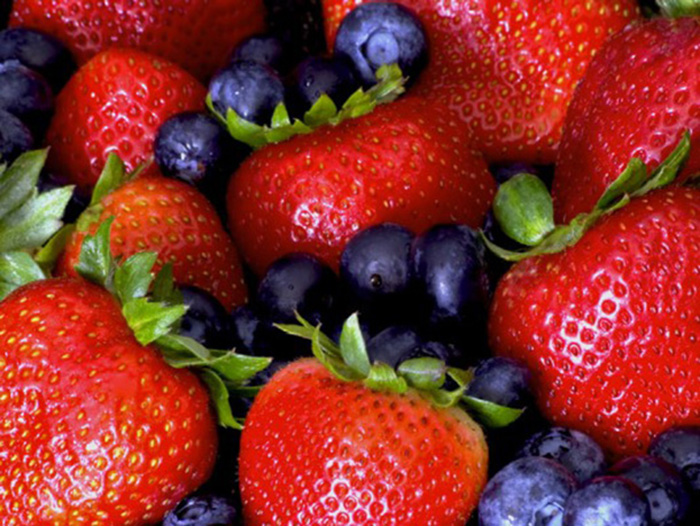
by admin | Sep 3, 2013 | Diabetes
Introduction While fruits are rich in fiber, antioxidants, and phytochemicals that provide considerable beneficial health effects, they also contain natural sugars that have the potential to stress blood sugar control. As a result, many people with diabetes strictly...
by admin | Sep 1, 2013 | Awareness month, Cancer, Monthly Condition
Prostate cancer (PC) is the most diagnosed form of cancer in American men. Each year there are roughly 200,000 men that are diagnosed with PC and over 30,000 will die from it. In many respects, PC is the mirror of breast cancer in women. It is a hormone-sensitive...

by admin | Aug 28, 2013 | Natural Facts, Sleep Disorder
Introduction Narcolepsy is a sleep disorder characterized by excessive daytime sleepiness, cataplexy (sudden loss of muscle tone in response to strong emotions), and rapid eye movement (REM) sleep abnormalities. Narcolepsy patients are at a higher risk of obesity and...

by admin | Aug 23, 2013 | Healing Food Facts
There are over 150 different varieties of figs, varying dramatically in color from green and purple, to black. Because figs are extremely perishable, they are often enjoyed dried. Figs are referenced in many ancient texts, including the Bible. The fig tree is native...

by admin | Aug 20, 2013 | Cancer, Prescription Drugs
Introduction: More than 60 million Americans have high blood pressure (high BP) including more than half (54.3%) of all Americans age 65 to 74 years old and almost three quarters (71.8%) of all American blacks in the same age group. High BP is a major risk factor for...







